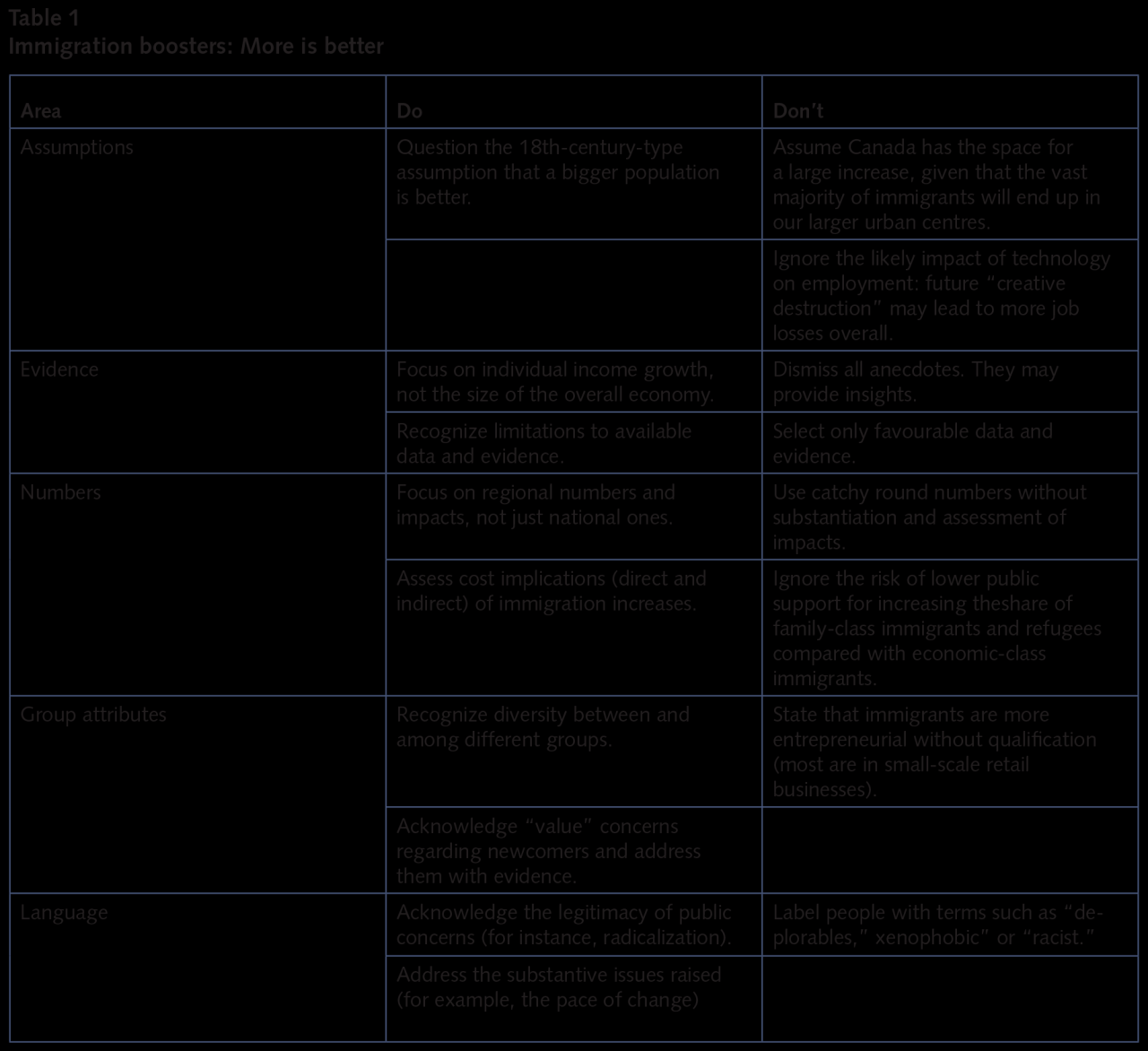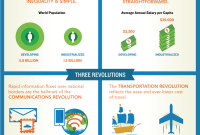The issue of immigration has sparked heated debates and discussions, as it encompasses complex historical, economic, social, political, ethical, and legal dimensions. Throughout history, nations have grappled with the influx of individuals seeking refuge, opportunity, or a better life. Understanding the multifaceted nature of immigration is crucial for informed discussions and effective policy-making.
This comprehensive analysis delves into the historical perspectives on immigration, exploring the motivations and experiences of diverse immigrant groups and the evolution of immigration policies over time. It examines the economic impact of immigration on labor markets, wages, job creation, and economic growth, while also considering its potential effects on social welfare programs.
Historical Perspectives on Immigration

The United States has a long and complex history of immigration, dating back to its founding. Immigrants have come to America from all over the world, seeking a better life for themselves and their families. They have brought with them their cultures, traditions, and languages, which have helped to shape the American identity.
The first major wave of immigration to the United States occurred in the 19th century, when millions of people from Europe fled poverty and political oppression in their home countries. These immigrants settled in cities and towns across the country, where they worked in factories, mines, and other industries.
They also established their own communities, with their own churches, schools, and newspapers.
Motivations of Immigrant Groups
The motivations of immigrant groups have varied over time. In the 19th century, most immigrants came to the United States in search of economic opportunity. They were willing to work hard and sacrifice to build a better life for themselves and their families.
In the 20th century, many immigrants came to the United States fleeing war and persecution. They sought refuge in America, where they could live in peace and freedom. Today, immigrants continue to come to the United States for a variety of reasons, including economic opportunity, family reunification, and education.
Experiences of Immigrant Groups
The experiences of immigrant groups have also varied over time. In the 19th century, many immigrants faced discrimination and prejudice. They were often seen as outsiders and treated as second-class citizens. However, over time, immigrants have gradually gained acceptance and equality in American society.
Today, immigrants continue to face challenges, but they also have many opportunities. They are an important part of the American economy and society, and they contribute to the country’s diversity and vitality.
Evolution of Immigration Policies
Immigration policies have evolved over time in response to changing economic and political conditions. In the 19th century, the United States had a relatively open immigration policy. However, in the early 20th century, the country began to restrict immigration from certain countries.
These restrictions were based on race, ethnicity, and nationality.
In the 1960s, the United States adopted a more liberal immigration policy. This policy allowed more immigrants from non-European countries to enter the United States. Today, the United States has a complex immigration system that includes both legal and illegal immigration.
Economic Impact of Immigration
Immigration has a complex and multifaceted impact on the economy. It affects the labor market, wages, job creation, economic growth, and social welfare programs.
In the labor market, immigration can lead to both positive and negative effects. On the one hand, immigrants can fill labor shortages in sectors where there is a lack of domestic workers. This can help to boost economic growth and productivity.
On the other hand, immigration can also lead to increased competition for jobs, which can drive down wages for native-born workers.
The effects of immigration on wages are complex and depend on a number of factors, including the skill level of the immigrants, the size of the immigrant population, and the state of the economy. Some studies have found that immigration can lead to a small decrease in wages for native-born workers, while other studies have found no significant effect.
Immigration can also have a positive impact on job creation. Immigrants often start businesses and create jobs for both themselves and other workers. In addition, immigrants can help to boost consumer spending, which can lead to increased economic growth.
However, immigration can also have a negative impact on social welfare programs. Immigrants are more likely to use social welfare programs than native-born Americans, and this can put a strain on government resources. In addition, immigrants may be less likely to pay taxes, which can also reduce government revenue.
Overall, the economic impact of immigration is complex and depends on a number of factors. It is important to consider both the positive and negative effects of immigration when making policy decisions.
Impact on Labor Market
The impact of immigration on the labor market is complex and depends on a number of factors, including the skill level of the immigrants, the size of the immigrant population, and the state of the economy.
Some studies have found that immigration can lead to a small decrease in wages for native-born workers, while other studies have found no significant effect. The impact of immigration on wages is likely to be greatest in low-skill occupations, where immigrants compete directly with native-born workers for jobs.
However, immigration can also lead to increased competition for jobs, which can drive down wages for native-born workers.
In addition, immigration can also have a positive impact on job creation. Immigrants often start businesses and create jobs for both themselves and other workers. In addition, immigrants can help to boost consumer spending, which can lead to increased economic growth.
Impact on Social Welfare Programs
Immigration can also have a negative impact on social welfare programs. Immigrants are more likely to use social welfare programs than native-born Americans, and this can put a strain on government resources. In addition, immigrants may be less likely to pay taxes, which can also reduce government revenue.
For example, a study by the National Academy of Sciences found that immigrants are more likely to use Medicaid and food stamps than native-born Americans. The study also found that immigrants are less likely to pay taxes than native-born Americans.
Social and Cultural Impact of Immigration
Immigration significantly shapes the social and cultural fabric of receiving communities. It infuses new perspectives, customs, and traditions, contributing to a vibrant and diverse society. However, it also presents challenges in integrating immigrants into the existing social order.
Role of Immigration in Cultural Diversity and Identity
Immigration fosters cultural diversity by introducing new languages, cuisines, art forms, and beliefs. It broadens the horizons of host communities, promoting tolerance and understanding. Immigrants often preserve their cultural heritage while embracing elements of the new culture, creating a rich tapestry of traditions.
Challenges and Opportunities of Integrating Immigrants
Integrating immigrants into society requires addressing challenges such as language barriers, cultural differences, and socioeconomic disparities. However, it also presents opportunities for mutual enrichment and social cohesion. Governments and community organizations play a crucial role in providing language classes, cultural orientation programs, and support services to facilitate integration.
Political and Legal Aspects of Immigration
The United States has a long and complex history of immigration. The legal framework governing immigration has evolved over time, reflecting changing political and social attitudes towards immigrants. Today, the United States has one of the most complex and restrictive immigration systems in the world.The
legal framework governing immigration in the United States is based on the Immigration and Nationality Act of 1952. This law establishes the categories of immigrants who are eligible to enter the United States, as well as the procedures for obtaining a visa.
The law also creates the Department of Homeland Security (DHS), which is responsible for enforcing immigration laws.The political debates and controversies surrounding immigration are often heated. Some people argue that the United States should have more restrictive immigration laws, while others argue that the country should be more welcoming to immigrants.
These debates often focus on the economic, social, and cultural impact of immigration.The government plays a critical role in regulating immigration and enforcing immigration laws. DHS is responsible for enforcing immigration laws, including apprehending and deporting undocumented immigrants. The government also has the authority to grant asylum to immigrants who fear persecution in their home countries.
Ethical and Humanitarian Considerations
The ethical dimensions of immigration policies pose complex challenges, involving the balance between national sovereignty, human rights, and humanitarian obligations.
Nations have a responsibility to manage their borders and control immigration, but they must also consider the plight of asylum seekers and refugees fleeing persecution or conflict. The ethical implications of border control and detention practices raise questions about the treatment of vulnerable individuals and the preservation of human dignity.
Asylum Seekers and Refugees
International law recognizes the right of individuals to seek asylum from persecution. Nations have a moral obligation to provide refuge to those fleeing danger, regardless of their nationality or legal status. The ethical considerations extend to ensuring fair and humane asylum procedures, protecting the rights of asylum seekers, and providing access to essential services.
Comparative Perspectives on Immigration

Immigration is a global phenomenon, and different countries have adopted varying policies and practices to manage it. Comparing these approaches can provide valuable insights into the complexities of immigration and potential solutions.
One key difference in immigration policies lies in the criteria for admission. Some countries, such as the United States, have a point-based system that prioritizes skilled workers and those with family ties. Others, like Canada, emphasize humanitarian considerations and offer asylum to refugees and persecuted individuals.
Economic Considerations
The economic impact of immigration is a significant factor in policy decisions. Some countries, like Germany, have welcomed skilled workers to address labor shortages. Others, such as the United Kingdom, have implemented stricter immigration controls to reduce competition for jobs and housing.
Social and Cultural Impact
Immigration also has social and cultural implications. Countries like France have encouraged integration through language classes and cultural programs. Others, such as Japan, have maintained a more restrictive approach, preserving their cultural identity.
Political and Legal Frameworks
The political and legal frameworks governing immigration vary widely. Some countries, like the United States, have a constitutional amendment guaranteeing due process for immigrants. Others, like China, have strict immigration laws that limit entry and citizenship.
Ethical and Humanitarian Concerns
Ethical and humanitarian considerations also play a role in immigration policies. Some countries, like Sweden, have a long history of providing asylum to those fleeing persecution. Others, like Australia, have faced criticism for their treatment of asylum seekers.
Future Trends and Policy Implications
The future of immigration is complex and uncertain, but it is clear that it will continue to be a major issue for countries around the world. There are a number of emerging trends in global migration patterns that are likely to shape the future of immigration.
One of the most significant trends is the increasing diversity of immigrants. In the past, most immigrants came from a small number of countries, but today immigrants come from all over the world. This diversity is likely to continue in the future, as people from all over the world seek to improve their lives.
Potential Challenges
The increasing diversity of immigrants poses a number of challenges for countries. One challenge is that it can be difficult to integrate immigrants into societies that are already diverse. Another challenge is that immigrants from different cultures may have different values and beliefs, which can lead to conflict.
Potential Opportunities
The increasing diversity of immigrants also presents a number of opportunities for countries. Immigrants can bring new skills and perspectives to their new countries, and they can help to make societies more vibrant and diverse. Immigrants can also help to boost economies by starting businesses and creating jobs.
Policy Recommendations
There are a number of policy recommendations that can be made to address the complex issues surrounding immigration. One recommendation is to increase funding for immigration enforcement. Another recommendation is to create a path to citizenship for undocumented immigrants. These are just a few of the policy recommendations that can be made to address the future of immigration.
Outcome Summary
The complexities of immigration demand a nuanced and multifaceted approach that balances humanitarian concerns with national interests. Comparative perspectives offer valuable insights into how different countries navigate immigration challenges, and emerging trends in global migration patterns shape future policy considerations.
By fostering open and informed dialogue, we can work towards equitable and sustainable solutions that address the challenges and opportunities presented by immigration in the 21st century.
FAQ Summary
What are the primary motivations for immigration?
Economic opportunities, political asylum, family reunification, and environmental or humanitarian crises are common reasons for individuals to migrate.
How does immigration impact the labor market?
Immigration can influence labor supply, wages, job creation, and economic growth, depending on factors such as the skills and education levels of immigrants and the overall economic conditions.
What are the ethical considerations in immigration policies?
Ethical concerns include the treatment of asylum seekers and refugees, the responsibilities of nations towards vulnerable populations, and the moral implications of border control and detention practices.
How can countries effectively integrate immigrants into society?
Integration strategies involve language education, job training, cultural exchange programs, and policies that promote social inclusion and equal access to healthcare, education, and housing.
What are the emerging trends in global migration patterns?
Globalization, climate change, and political instability are among the factors driving changes in migration patterns, leading to increased mobility and the emergence of new migration corridors.



